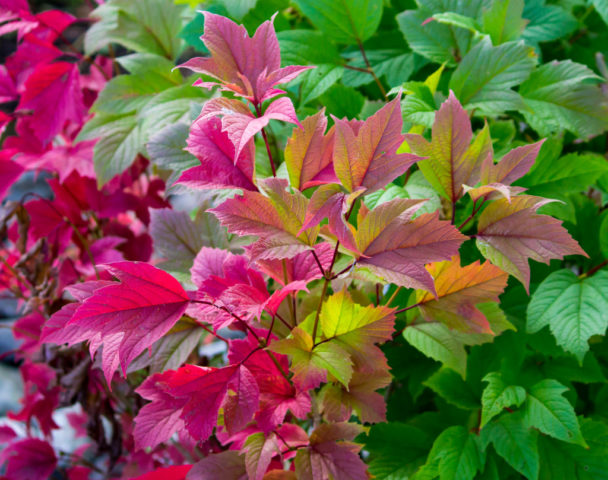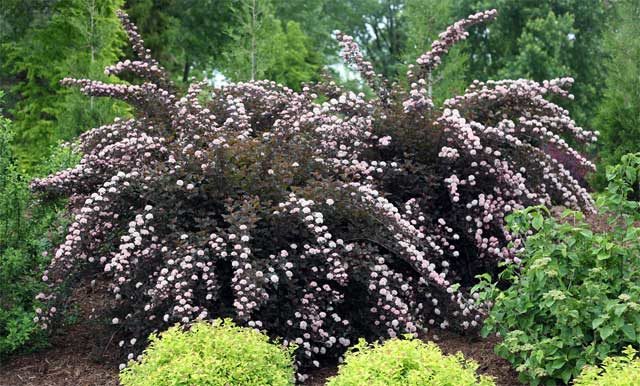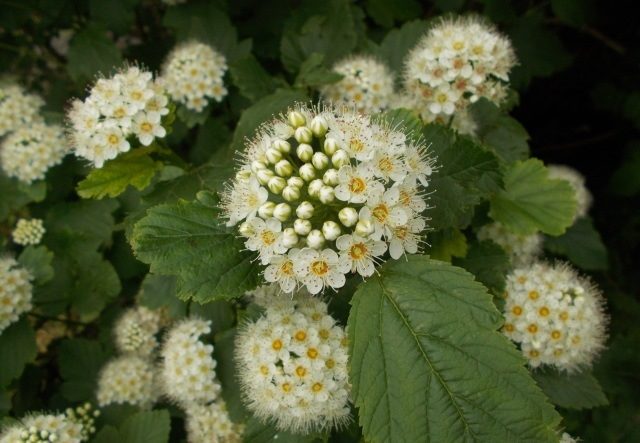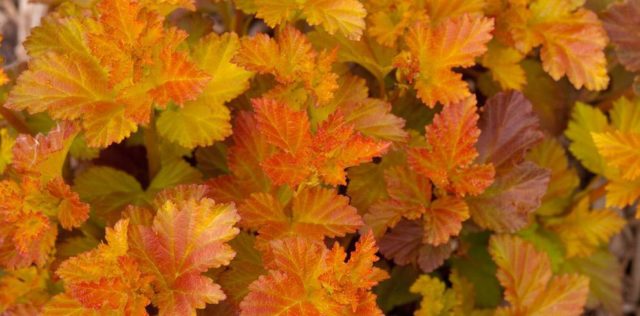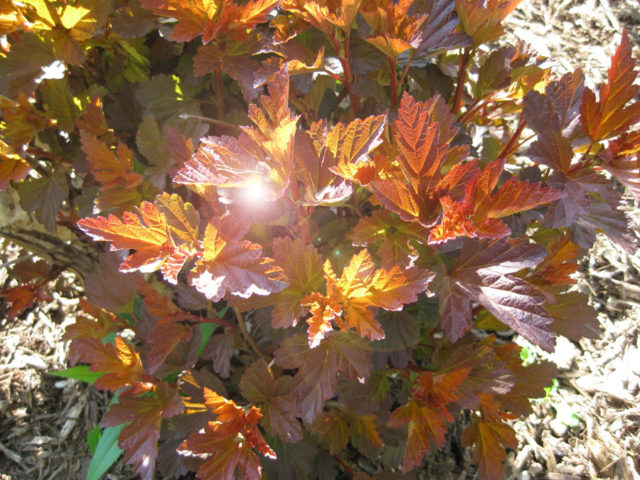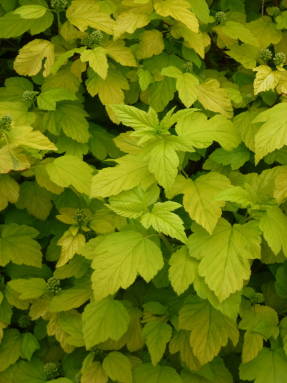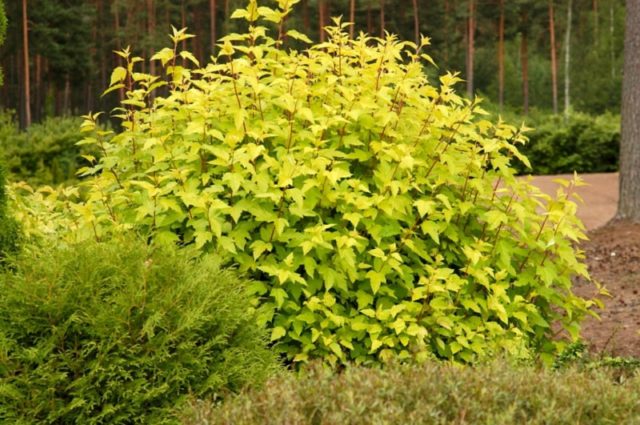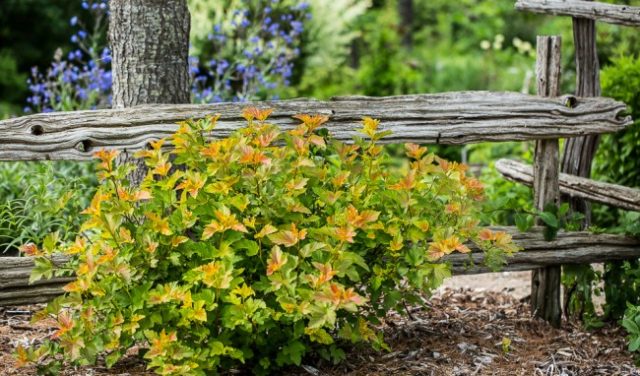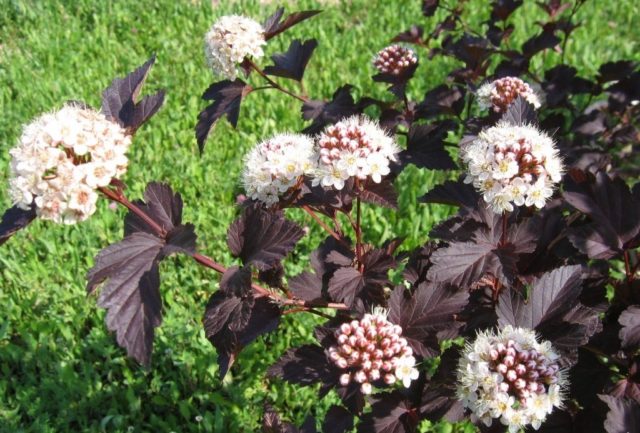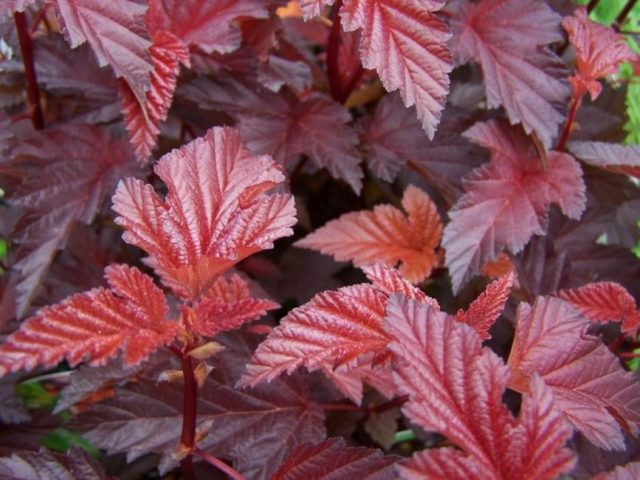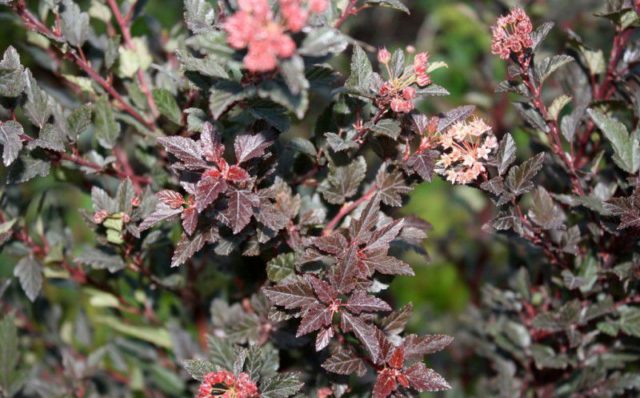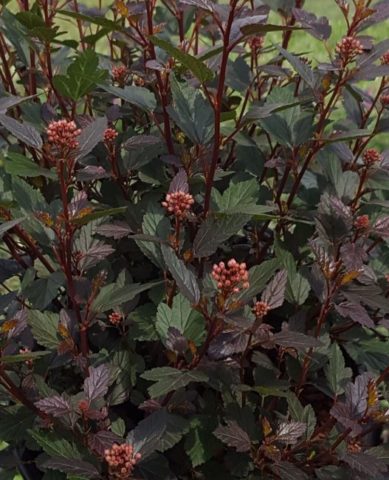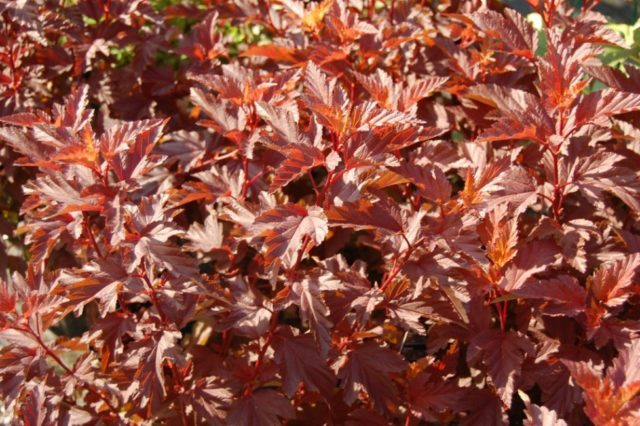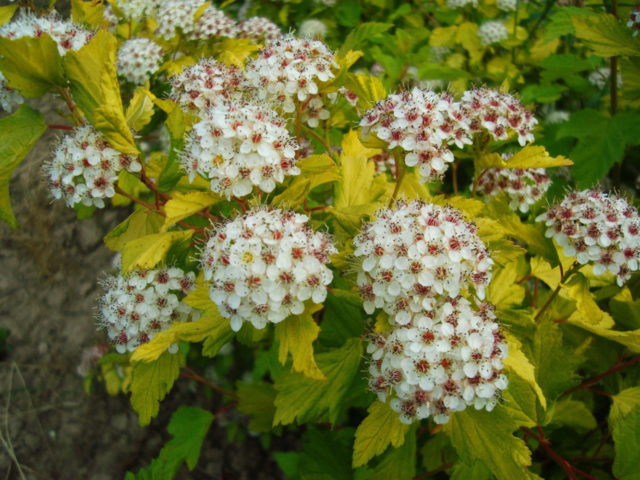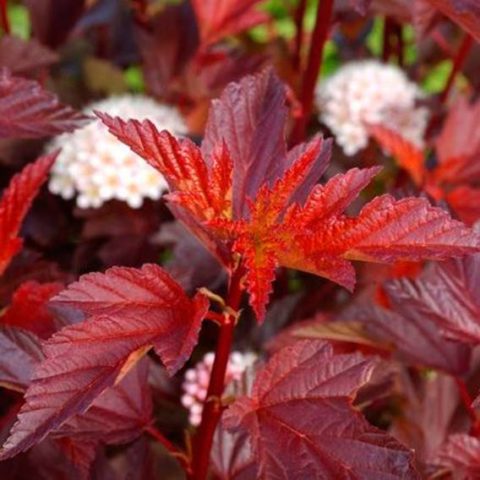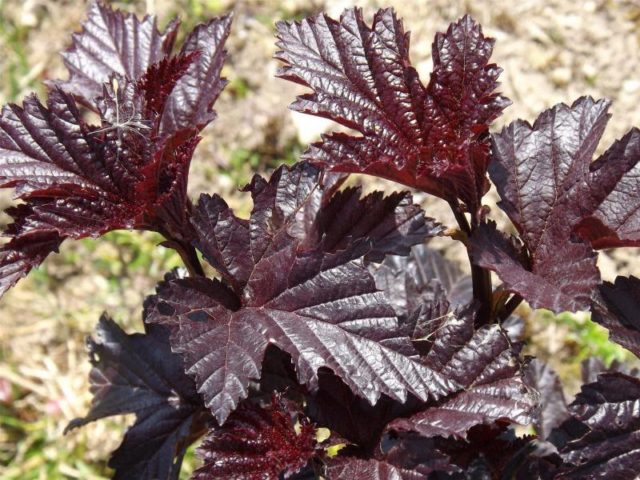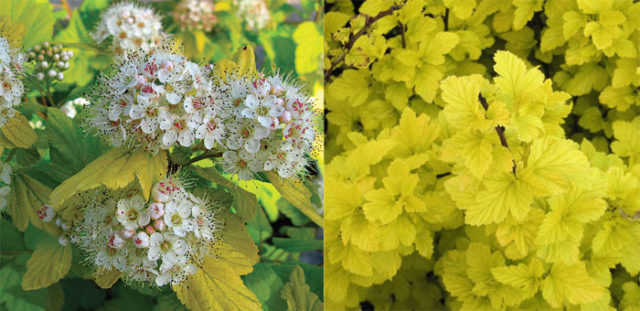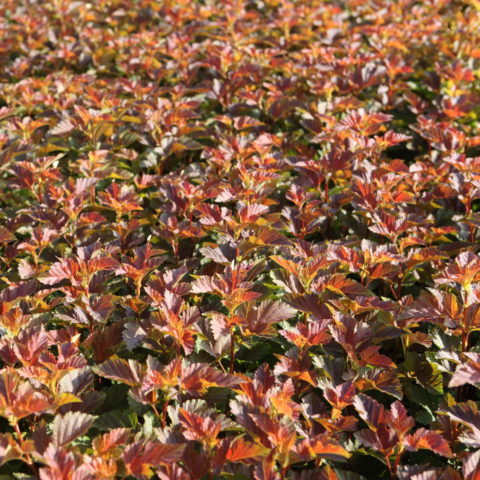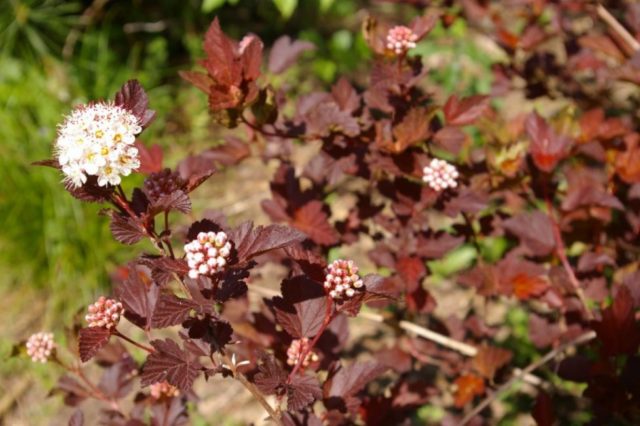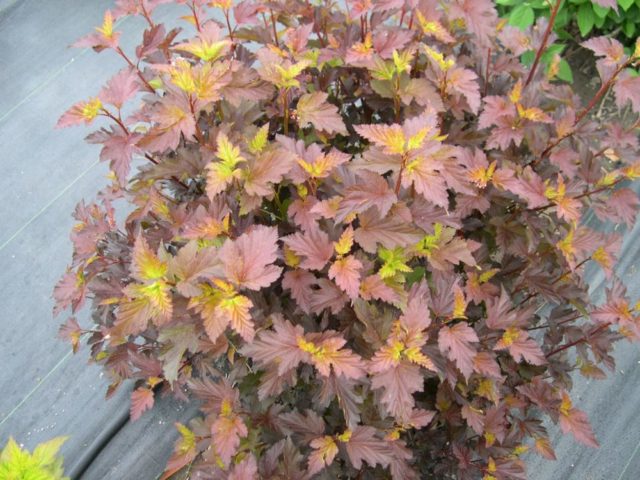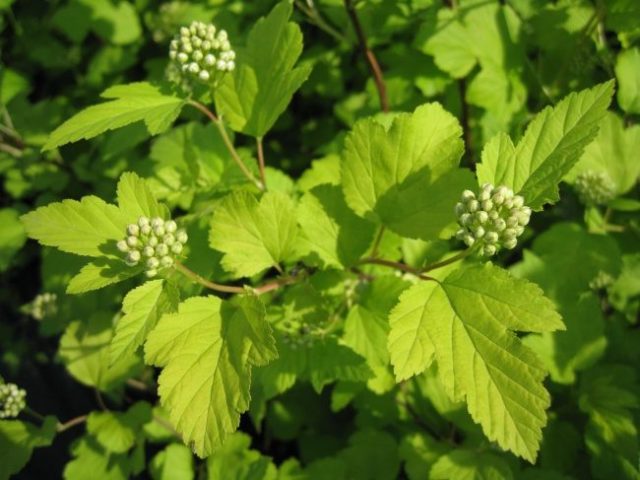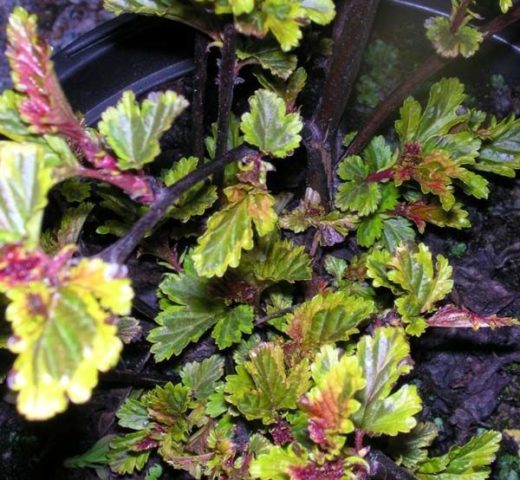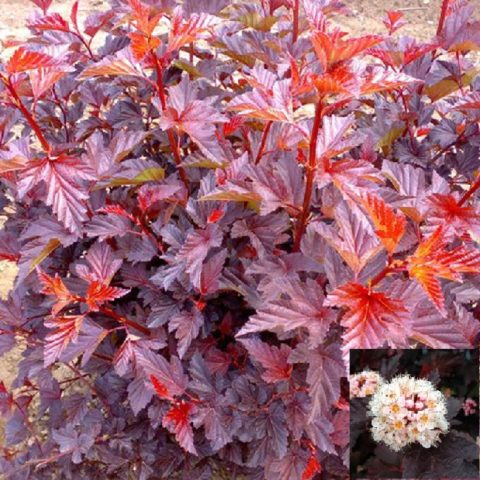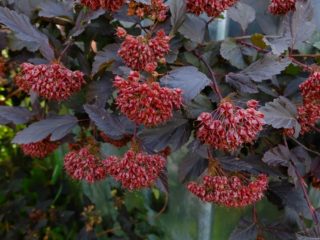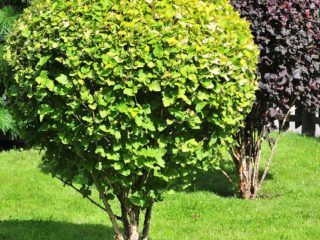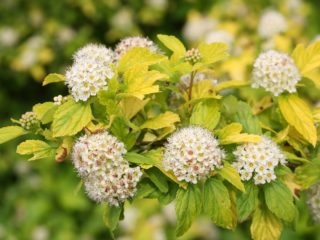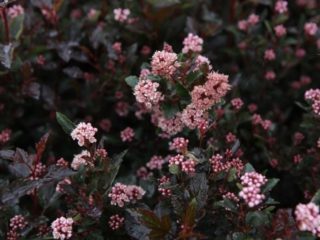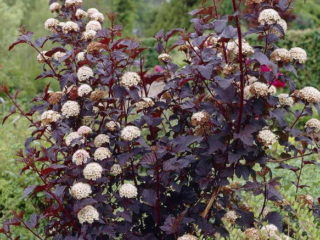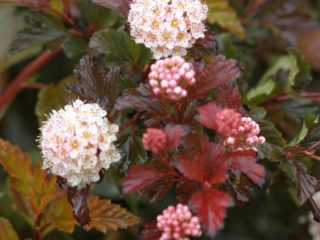Content
Bladderworts are ornamental shrubs that have been known in cultivation for several centuries and, despite this, were not particularly popular in Russia until the beginning of the 21st century. Perhaps the reason was the small selection of species and varieties suitable for growing in gardens. But breeders tried their best, and as of 2016 there were more than 30 varieties of bladderwort in the world. And the process of developing new varieties continues. The most interesting and popular varieties of viburnum leaf with photos and descriptions will be presented below. But this plant is an ideal decoration for any garden - it has decorative leaves, beautiful flowers and attractive fruits. In addition, the bladderwort is distinguished by its amazing unpretentiousness in maintenance and high winter hardiness.
What does a bladderwort look like?
Modern varieties of bladderwort are striking, first of all, by the varied and very interesting coloring of the leaves. The shrub itself can reach a height of 3 m, although there are also quite dwarf varieties that do not exceed 80-100 cm.
The branches of the vesicular carp are thin, but growing lushly in all directions, drooping at the ends, forming a hemispherical, dense crown, which is clearly visible in the photo of the plant.
The leaves are medium-sized, round-elliptical, containing from 3 to 5 lobes, and have a serrated-toothed edge. Their color can be all shades of green, yellow, red-orange and even a combination of several colors.
Next, a detailed description of the main types and varieties of bladderwort and their photos will be given, using which you can choose the most suitable plants for your garden.
How does bladderwort grow?
In terms of its growth and development rates, the bladderwort can be classified as a fairly rapidly developing plant. Already at 4 years of age, plants begin to bear fruit, and, having reached their maximum height, they begin to grow in breadth. The lifespan of one bush can be up to 80-100 years. And in width, one plant can grow up to 4 meters in diameter. The growth rate of the bladderwort is such that the plant grows by about 35-40 cm per year. Depending on the variety, the bushes reach their maximum height in 6-10 years.
Young leaves usually open in April, and leaf fall occurs, depending on the climatic conditions of the region, from the beginning to the end of October.
Flowering bladderwort
The flowering period of the bladderwort usually takes place in June or July. The flowers are white or pink, up to 1.2 cm in diameter and are enclosed in convex corymbose inflorescences.
The fruits have a very original shape in the form of balls collected in groups, which, as they ripen, change their color from light green to reddish.
Varieties of bladderwort
In nature, there are about 14 species belonging to the genus Vesicularis, which are distributed mainly in East Asia and North America. But only two species are used in culture: Amur vesicle and viburnum leaf.
These species differ from each other primarily in their geographic distribution. The Amur bladderwort was found and lives to this day in the undergrowth of the Far East, northern China and Korea. Viburnum leaves originate from North America, where it grows in mixed forests and along river terraces.
The two species can also be distinguished by the size and shape of their leaves. The Amur leaves are larger, slightly heart-shaped with the obligatory light gray pubescence on the underside.
The Amur bladderwort, unlike the viburnum leaf, is less widespread in gardening, although it is not inferior to its fellow in terms of unpretentiousness and frost resistance. Perhaps this is due to the small variety of varieties currently available:
- Aureomarginata – green leaves have a dark golden border.
- Nana – a dwarf variety with a compact dark green crown.
Varieties of viburnum leaf carp with photos and descriptions
Despite the fact that in Russian gardening the viburnum vesica has been used since the middle of the 19th century, the active breeding of varieties of this crop began only about 10-20 years ago.But at the moment this shrub is so popular that new varieties appear almost every year.
Amber Jubilee
The variety was bred by English breeders and named in honor of the Diamond Jubilee of Queen Elizabeth II of England. One of the most beautiful varieties of viburnum leaf. The color of the leaves is very rich, and they look unusually festive, especially when they sway in the breeze. At the ends of the branches, the foliage shade is closer to red-orange, with a fiery tint. And towards the center of the crown, the leaves also acquire yellow and greenish shades, which transform into each other in a wide variety of combinations. The bush reaches 2 m in height and 1.5 m in width. Leaves show their colorful play of colors and shades most clearly on bushes growing in the open sun.
Andre
The variety is distinguished by decent bush sizes - up to 3 m in height and up to 2.5 m in width. In spring, the leaves bloom pinkish-red in color, later they clearly show a bronze tint. True, when in the shade the leaves turn green. The fruits also change their color from red to brownish.
Aurea
One of the oldest varieties of viburnum leaf, which has a second name - Luteus. The plants are characterized by the fact that when they bloom, the leaves have a beautiful golden-yellow color, but pretty soon they become just light green. However, closer to autumn, the golden color of the leaves appears again. It blooms with white inflorescences that bloom in the second half of July. Young shoots also have a golden color.
Gold Spirit
The variety is an excellent alternative to the already slightly outdated Luteus, since the leaves, golden yellow when they appear, retain their hue throughout the growing season. The bushes reach a height of 2 m and respond well to any haircut.
Darts Gold
Another very popular in recent years is the Dutch variety of viburnum-leaved bladderwort with golden foliage. It is a hybrid of the Luteus and Nanus varieties. The height does not exceed 1.5 m. The leaves retain a golden hue almost the entire season, only in the second half of summer they become slightly greenish. But in the fall they become covered with a noticeable crimson. The flowers are creamy white. In 1993, this variety received a prestigious award from the English Royal Horticultural Society.
Diablo
Despite the mysterious origin of Diablo, this does not prevent it from being one of the best among other dark-colored varieties of viburnum. The bushes have a spreading shape, up to 3 m high. Throughout the entire season from spring to autumn, the smooth and almost glossy leaves have a uniform dark purple hue. When planted in shady conditions, the leaves turn green, but the purple tint, although faint, remains. For its beauty, unpretentiousness and frost resistance, the variety was also awarded the Royal Horticultural Society Prize in 2002.
Lady in Red
A fairly new variety of viburnum, but it managed to show itself so well that in 2012 it also received the above-mentioned highest garden award in England. When blooming, the wrinkled leaves have a bright red hue, which gradually darkens and by the second half of summer they acquire an almost beetroot color. The flowers have an attractive pinkish tint.The height of the bushes is up to 1.5 m.
Little Devil
It belongs to a series of so-called dwarf varieties of viburnum leaf, reaching a height of no more than 90-100 cm. At the same time, the width of the bush can grow up to 70 cm in diameter. The graceful leaves are dark burgundy throughout the growing season. The flowers are small and pink.
Little Joker
A dwarf variety, bred in Holland, grows from 50 to 100 cm in height. Small corrugated leaves have a bright cherry color when blooming. Subsequently they turn purple-brown. White and pink flowers bloom in June.
Little Angel
Another representative of the dwarf family of vesicular carp. The Dutch variety Little Angel has very small sizes, up to 60 cm in height and the same in width. The crown is quite dense and pillow-shaped. The leaves are very small and bloom with an orange tint in spring. Later they turn beet brown.
The variety is ideal for container growing on balconies or terraces.
Luteus
The second synonymous name for the variety is Aurea.
Mindia (Coppertina)
This variety of viburnum, bred by French breeders, is considered the most “red” of all currently existing. The bushes grow both in height and width up to two meters. When opening, the leaves may be yellowish, orange or reddish, depending on their location in the crown. Then the color changes to cherry, brown or maroon. In those parts of the crown where the sun reaches less, the brownish-green tint of the leaves clearly stands out.
Midnight
It is the darkest of the red-leaved varieties of Viburnum foliage.If at the ends of the shoots the leaves are dark purple, then towards the center they become almost black. True, in autumn the leaves turn red-orange. The plant height is average - about 1.5 m, crown width - up to 1.8 m. The flowers are whitish-pink.
Nugget
Another medium-sized (up to 2.5 m) variety of viburnum leaf, which boasts bright yellow foliage. True, the shade changes throughout the season: in the spring it is very bright and saturated, by mid-summer it becomes lighter, and in the fall it acquires some golden tint. The leaves are large and corrugated. Cream flowers with red stamens appear in mid-June, but may reappear in late summer along with ripening fruits.
Red Baron
The red-leaved variety of bladderwort has a very attractive color, somewhat reminiscent of Diabolo, but with smaller leaves. Their rich burgundy color acquires additional bronze shades in the fall. In the shade, a brownish color begins to predominate, but a red tint still remains on the leaves.
Summer Vine
The spring leaves of this variety of viburnum are distinguished by a wine-red color with a characteristic metallic sheen. In summer you can see greenish tints on them, and in autumn - bronze. The height of the bushes is no more than 1.5 m.
Center Glow
The leaves of this vesicular carp are unusually bright, especially when exposed to light, due to the golden glow in the center of the leaf, which is inherent in them when exposed to bright sunlight. Young leaves can be dark red or light burgundy. With age, they only acquire an even deeper and darker shade.
Tilden Park
To slightly diversify the colorful palette of colored leaves of Viburnum foliage in the garden, you can plant the Tilden Park variety. Its ruffled leaves are a common light green color. But, like many other varieties of viburnum, its bushes, up to 150 cm high, are well trimmed and can be molded. The flowers are white. Pairs perfectly with any variegated and especially dark-colored varieties.
Chameleon
A very interesting colorful variety of the viburnum leaf carp, up to 1.5 m high, with unusual color characteristics. The general color of the leaves is dark green. Against this background there can be spots of any shade: red, orange, yellow. But along the entire palmate border of the leaves there is a decorative stripe. In young leaves it has a purple tint; with age it acquires a light green or lemon color.
Shukh (Shuch)
The young leaves of this 1.5-2 meter shrub have an expressive cherry color, which in summer changes to dark purple. In autumn, the color of the foliage remains exactly the same as in summer. The flowers are white and pink.
Features of growing bladderwort
Bladderwort, for all its beauty, is a plant that is surprisingly unpretentious to growing conditions. It can tolerate shade, drought, gas pollution and smoke. Although all variegated forms show their true beauty only in the sun.
Shrubs are not at all picky about soil composition. They only tolerate stagnation of moisture at the roots poorly, so drainage is necessary when planting.
They tolerate Russian frosts perfectly; only in the harshest winters can the tips of young shoots freeze. Which, however, has virtually no effect on the general condition of the plants, since they are easy to trim.
They are little susceptible to invasion by various parasites.
Propagates well by seeds, cuttings and layering. Moreover, when golden forms of vesicular carp are propagated by seed, the original properties of the mother plant are often preserved.
Conclusion
Varieties of viburnum leaf carp with photos and descriptions presented in the article make it possible to make a suitable choice for decorating any garden. These plants are unlikely to disappoint their owners, but, on the contrary, they are capable of giving a whole range of positive emotions, especially from their constantly changing decorative properties.
